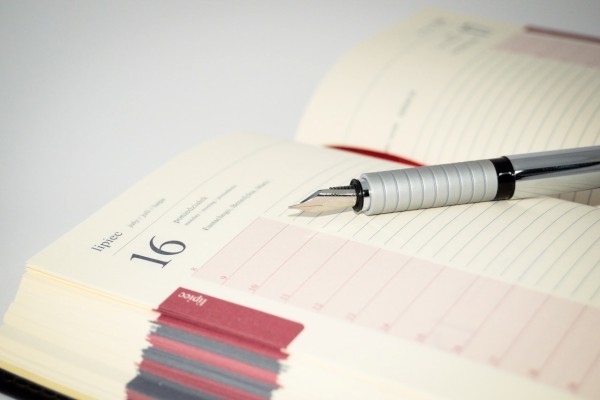【#第一文档网# 导语】以下是®第一文档网的小编为您整理的《舞狮英文介绍》,欢迎阅读!

Lion Dance What is Lion Dance? Lion Dance is a traditional art form that incorporates physical training commonly associated with martial arts and ascetic expressions。 It is a folk show performed by one or two persons wrapped around with lion skin costume. Like the dragon lantern dance, lion dance is usually performed during the Chinese New Year and other Chinese traditional, cultural and religious festivals. It may also be performed at important occasions such as business opening events, special celebrations or wedding ceremonies, or may be used to entertain special guests by the Chinese communities. The Chinese lion dance is often mistakenly referred to as dragon dance。 An easy way to tell the differences is that a lion is normally operated by one or two dancers, while a dragon needs many people. Also, in a lion dance, the performers' faces are only seen occasionally, since they are inside the lion. In a dragon dance, the performers' faces can be easily seen since the dragon is held on poles. History of Lion Dance There has been an old tradition in China of dancers wearing masks to resemble animals or mythical beasts。 However, lion is not native to China. According to textual research, lions in China were originally introduced from West Asia through the "Silk Road”. In Buddhist culture, lion is the animal ridden by Bodhisattva Manjusri that was introduced to China along with Buddhism, together with the real lion dance performed by the animal. Since sending lions to China was no easy job accompanied by hardships, very few lions finally arrived at the destination。 Therefore, the real lion dance was only limited to the imperial palace and wealthy families, and common people never had the chance to watch it. Therefore, the folk artists created idealized works of lions through imagination according to records or legends, and highlighted the broad forehead, upturned nose and open mouth with traditional divine and auspicious decorations, presenting the mighty force and liveliness of lions。 In the lion dance, people perform the role of lions. The earliest use of the word “shizi” meaning lion first appeared in Han Dynasty。 Detailed descriptions of Lion Dance appeared during the Tang Dynasty and it was already recognized by writers and poets then as a foreign dance. However, lion dance may have been recorded in China as early as the third century AD where "lion act" was referred to by Meng Kang in a commentary on Hanshu. In the early periods it had association with Buddhism: it was recorded in a Northern Wei text, Description of Buddhist Temples in Luoyang, that a parade for a statue of Buddha of a temple was led by a lion to drive away evil spirits. There were different versions of the dance in the Tang Dynasty. In the Tang court, the lion dance was called the Great Peace Music or the Lion Dance of the Five Directions where five large lions of different colors and expressing different moods were each led and manipulated on rope by two persons, and accompanied by 140 singers. Another version of the lion dance was described by the Tang poet Bai Juyi in his poem "Western Liang Arts", where the dance was performed by two Hu dancers who wore a lion costume made of a wooden head, a silk tail and furry body, with eyes gilded with gold and teeth plated with silver as well as ears that moved, a form that resembles today's lion dance. During the Song Dynasty the lion dance was commonly performed in festivals and it was known as the Northern Lion during the Southern Song。 The Southern Lion is a later development in the south of China, originating in the Guangdong province. There are a number of myths associated with the origin of this dance: one story relates that the dance originated as a celebration in a village where a mythical monster called Nian was successfully driven away. Another has it that the Qianlong Emperor dreamt of an auspicious animal while on a tour of Southern China, and ordered that the image of the animal be recreated and used during festivals. Types of Lion Dances 1) Types by style The gentle style shows the lion's gentleness and loveliness by grabbing the ball, playing with the ball, rolling about, licking its fur, shaking its fur, scratching, rubbing its ears, caressing the lion cub, etc. The wild style focuses on lion’s aggressiveness and high skills such as walking on the ball, scrambling for the ball, rolling the ball, diving the ball, jumping and turning, climbing, walking on the seesaw, walking on pointed stakes and other highly skill—demanding feats。 The wild style performance can be soul stirring as it displays the lion’s majesty and wildness。 2) Types by geography During the more than 2,000 years of development, the lion dance has developed into two major genres — the Northern Lion Dance and the Southern Lion Dance. The Northern Lion Dance mainly focuses on the performance of a martial lion dance。 The dance of a small lion is performed by one person, and the dance of a big lion is played by two people, with one wielding the lion head while standing, and the other wielding the lion body and tail while stooping down。 Guided by the lion dancers, the lion writhes, falls forward, jumps and bows, as well as some other highly difficult movements, such as walking on wooden or bamboo stakes, jumping 本文来源:https://www.dywdw.cn/842153de7c192279168884868762caaedd33ba13.html

